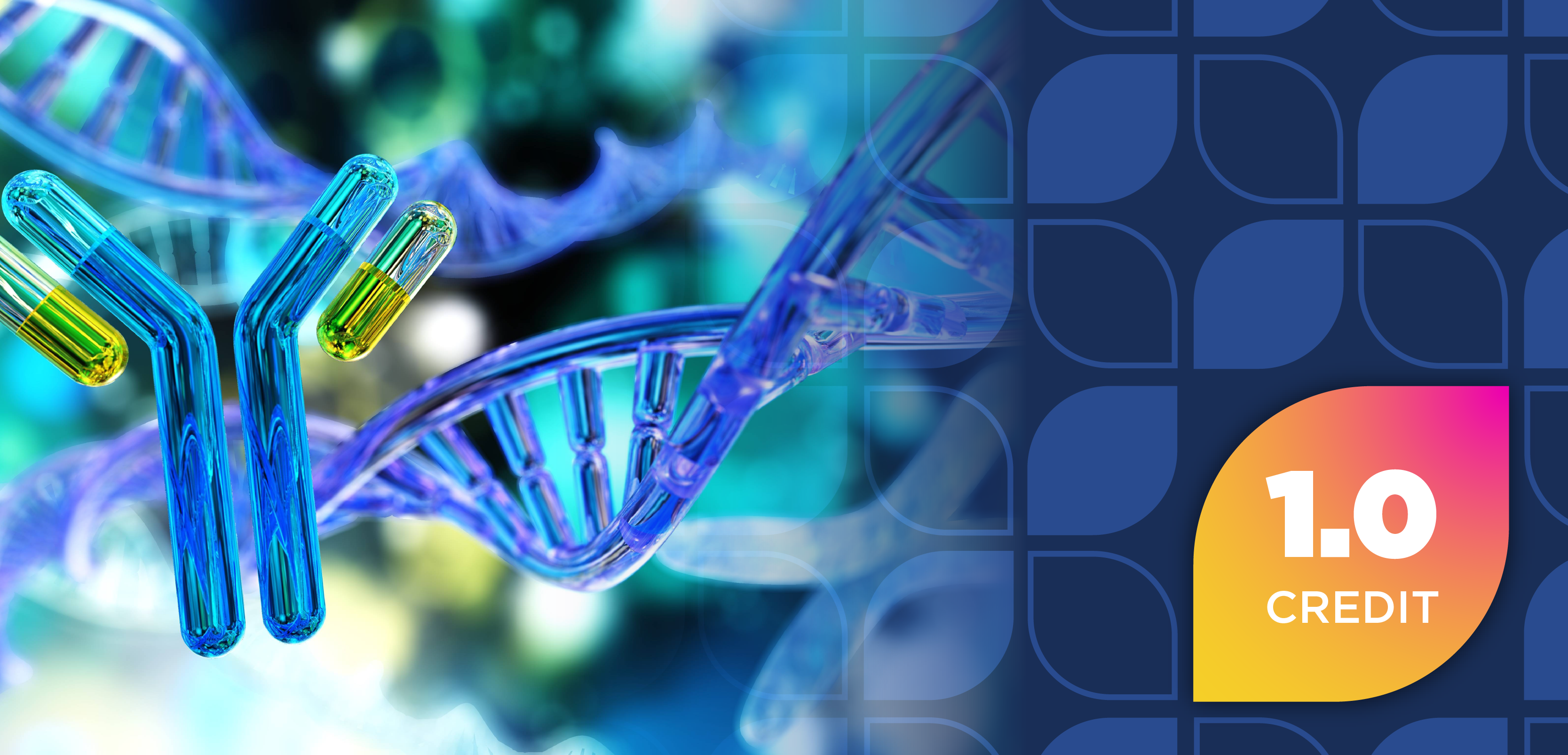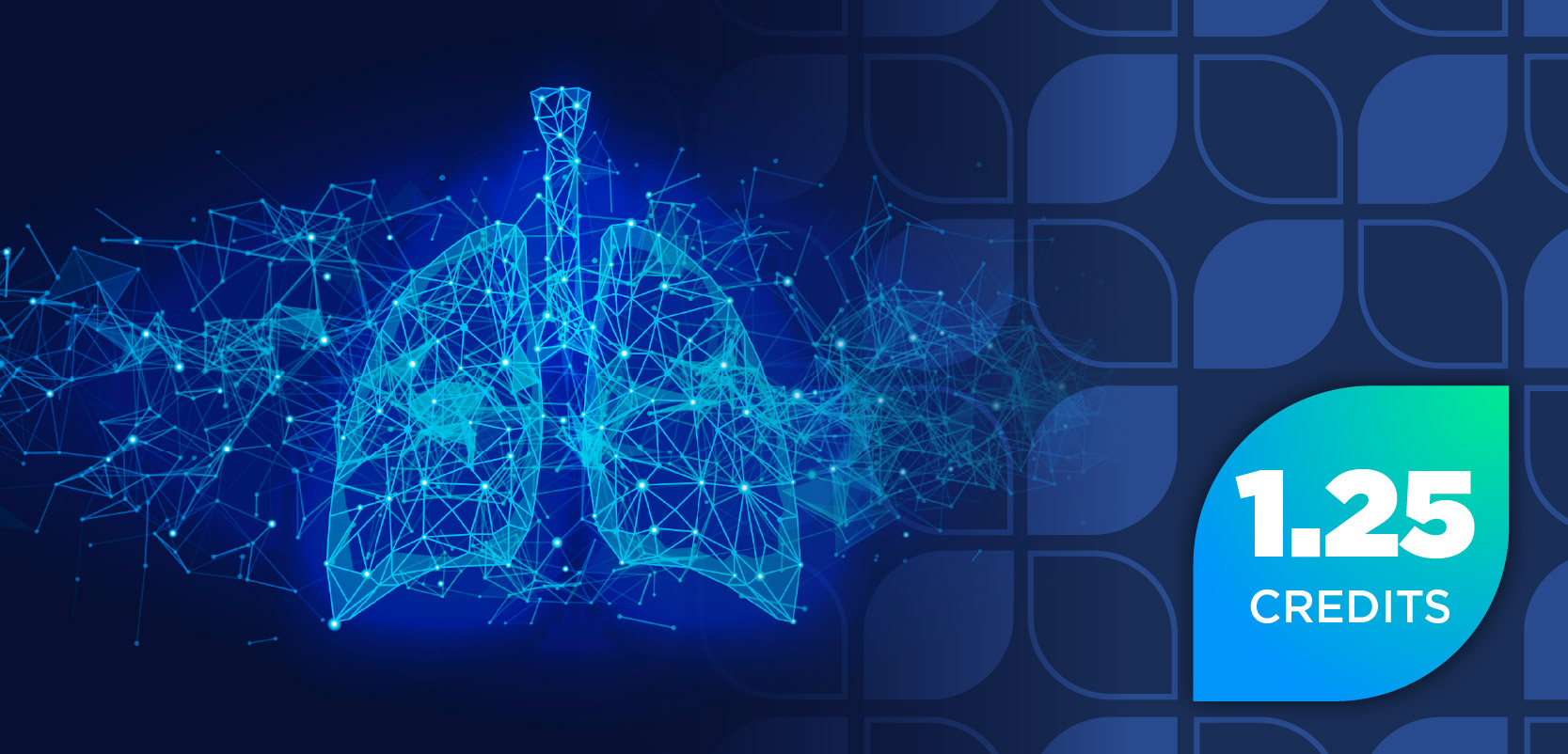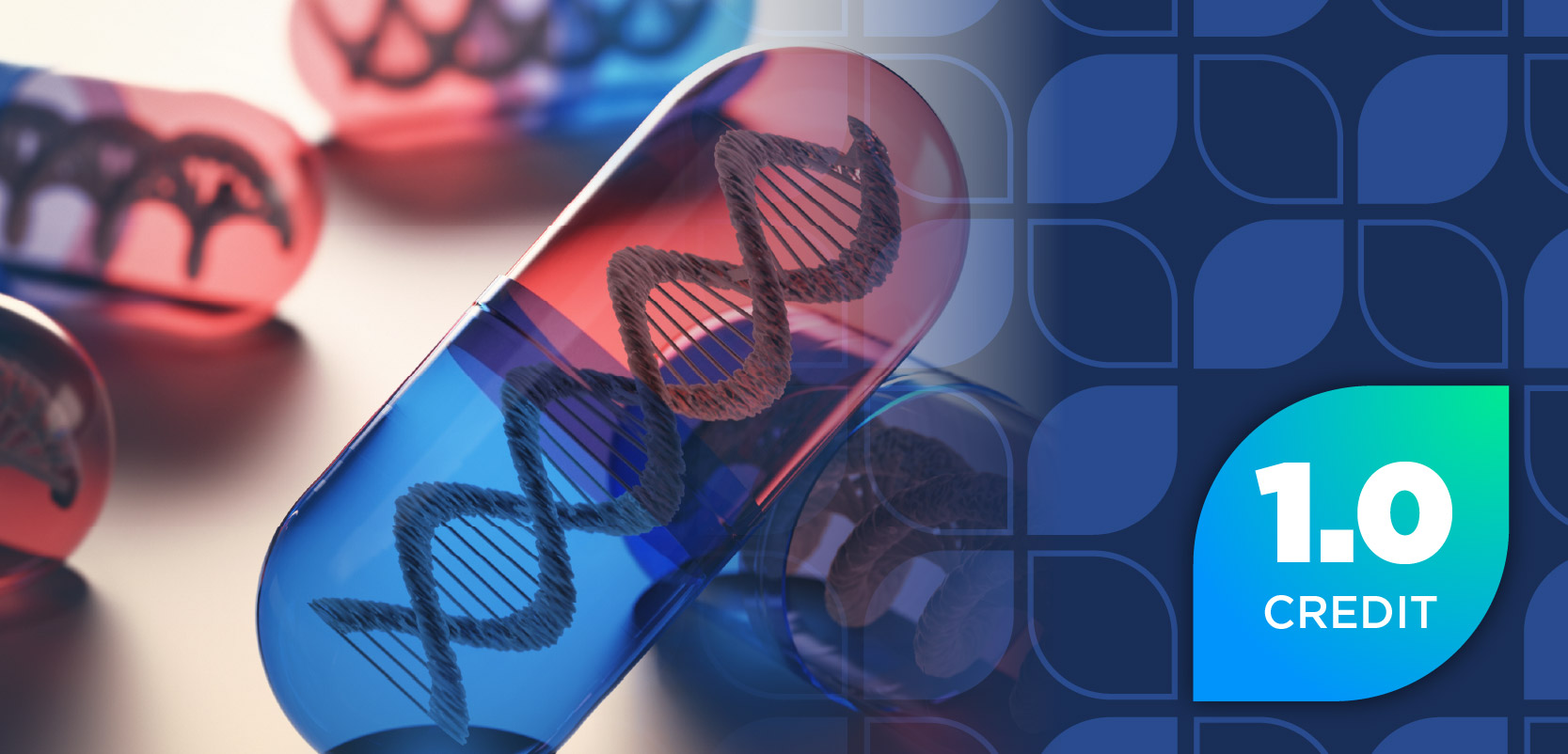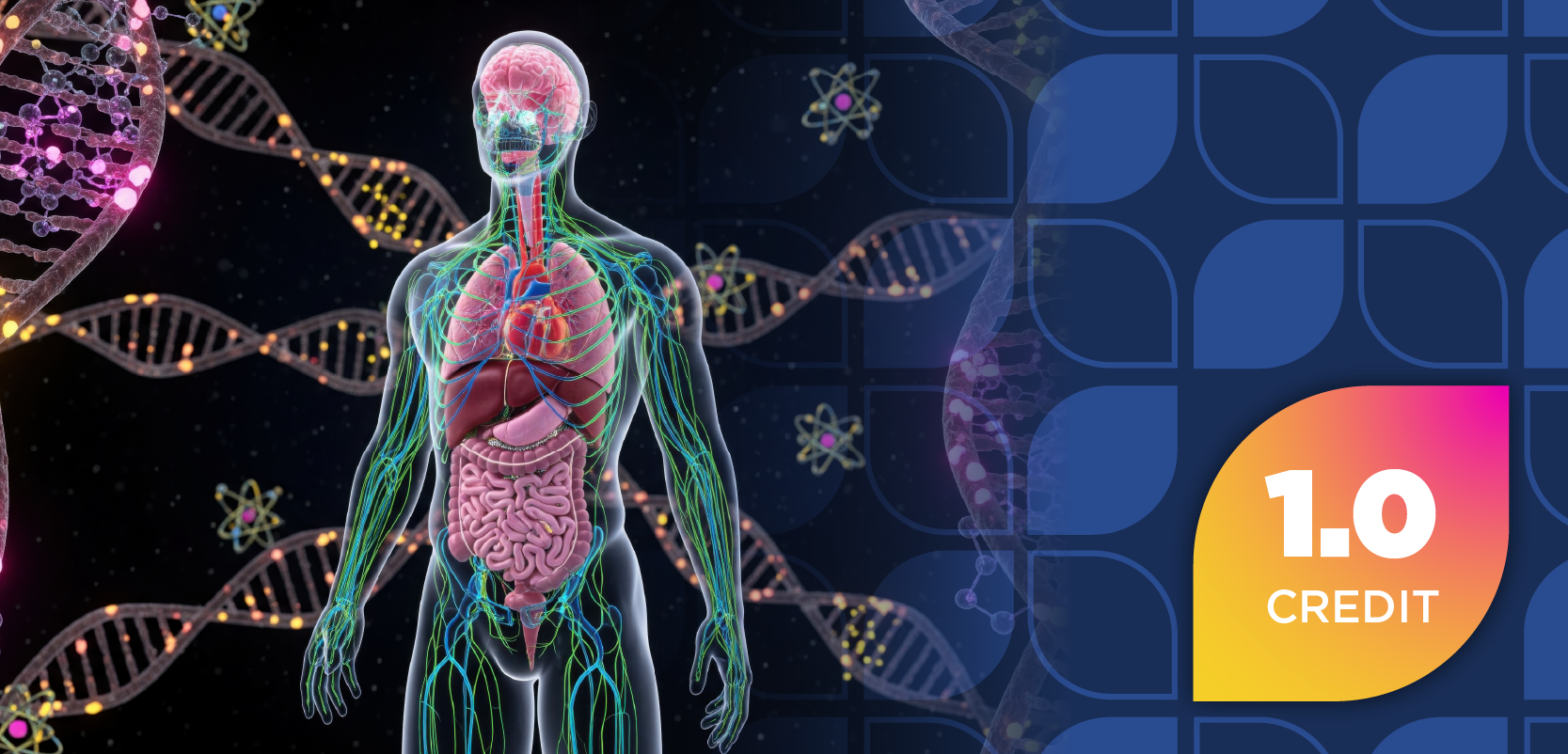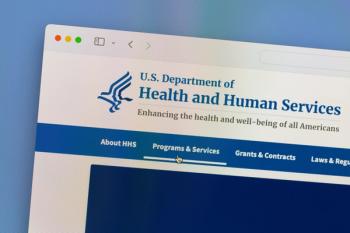
Building a Sustainable Pharmacogenomics Program: A Pharmacist’s Perspective at Ochsner Health

Serena Mitaly, PharmD, outlines how Ochsner Health is building a sustainable pharmacogenomics program by integrating clinical decision support tools into the EMR, educating providers, addressing reimbursement barriers, and expanding the role of PGx pharmacists in personalized medicine.
As pharmacogenomics (PGx) becomes an increasingly vital component of personalized medicine, health systems across the country are looking to build sustainable, scalable PGx services that improve medication safety and optimize therapeutic outcomes. At Ochsner Health, Serena Mitaly, PharmD, serves as the system clinical pharmacogenomics pharmacist, where she leads interdisciplinary initiatives to integrate PGx into clinical workflows, enhance provider education, and ensure seamless access to actionable genetic insights through the electronic medical record (EMR).
In this interview with Pharmacy Times®, Mitaly shares strategies for building a robust PGx program, discusses key patient populations for testing, and outlines how pharmacists can address challenges related to reimbursement, education, and clinical decision support (CDS).
Pharmacy Times: What are the key steps involved in building a sustainable PGx service within a health system?
Serena Mitaly, PharmD: Establishing a sustainable PGx service requires early engagement of key stakeholders to secure support and resources. Developing infrastructure—including multidisciplinary committees with pharmacists, physicians, and IT professionals—is essential for education, workflow design, and EMR integration with CDS tools. Standardized workflows ensure consistent test ordering, result interpretation, and documentation. A PGx subject matter expert is critical to prioritize clinically actionable gene-drug pairs and to continuously update practices based on emerging evidence.
Pharmacy Times: What patient populations are most appropriate for PGx testing in clinical practice?
Mitaly: Ideal candidates for PGx testing include patients prescribed medications with strong evidence-based guidelines for gene-drug interactions (eg, DPYD/fluoropyrimidines, CYP2C19/clopidogrel, selective serotonin reuptake inhibitors, anticonvulsants, HIV therapies). Additional target populations include individuals with polypharmacy, chronic disease management needs, prior adverse drug reactions, or therapeutic failures on PGx-relevant medications.
Pharmacy Times: What challenges may arise regarding reimbursement for PGx services, and how can pharmacists help address them?
Mitaly: Inconsistent payer coverage and variable coding requirements pose major reimbursement challenges. Pharmacists can support reimbursement by advocating for policy changes through legislative and professional groups, ensuring appropriate documentation and justification for testing, and contributing to research that demonstrates the clinical and economic value of PGx.
Pharmacy Times: What types of educational resources are necessary to prepare pharmacy staff for implementing PGx services?
Mitaly: Pharmacy staff should have access to integrated EMR-based CDS tools and comprehensive educational programs. At Ochsner, all Clinical Pharmacogenetics Implementation Consortium recommendations are embedded within the Epic Genomics module, enabling pharmacists to apply PGx insights at the point of care. Continuing education courses and institution-specific training further support clinical implementation, as seen in Ochsner’s oncology PGx initiatives.
Pharmacy Times: How does the integration of PGx testing into the EMR enhance clinical decision-making?
Mitaly: EMR integration enables real-time CDS alerts for gene-drug interactions, supporting safer prescribing decisions. Institutions can customize CDS content to align with internal clinical standards and reduce reliance on external labs. Additionally, integrated systems facilitate longitudinal tracking of CDS effectiveness and PGx program outcomes.
Pharmacy Times: What are the most common concerns clinicians have regarding PGx results, and how can pharmacists mitigate these concerns?
Mitaly: Some of the most common concerns from clinicians regarding PGx results are the clinical interpretation of PGx results and their clinical relevance. Pharmacists can address these concerns by clarifying that CDS alerts are based on high-quality, evidence-backed gene-drug pairs. Offering pharmacist-led consultations also enhances provider confidence and promotes appropriate clinical action based on PGx data.
Pharmacy Times: What strategies can be put in place to ensure that PGx testing and results are communicated effectively to patients?
Mitaly: Effective communication includes use of patient portals with customized, patient-friendly result summaries highlighting clinical relevance. Pharmacist-led consultations offer an additional layer of personalized education, reinforcing understanding and adherence to therapy adjustments based on PGx findings.
Pharmacy Times: What is the role of PGx clinical pharmacists in practice currently at Ochsner Health, and how will it evolve as the practice matures?
Mitaly: PGx pharmacists at Ochsner lead EMR and workflow integration, provider education, result interpretation, and pilot project development. As PGx becomes standard practice, their roles will expand to include broader implementation of preemptive testing, increased involvement in research and outcomes assessment, and integration of PGx services across more specialties.
Newsletter
Stay informed on drug updates, treatment guidelines, and pharmacy practice trends—subscribe to Pharmacy Times for weekly clinical insights.















































































